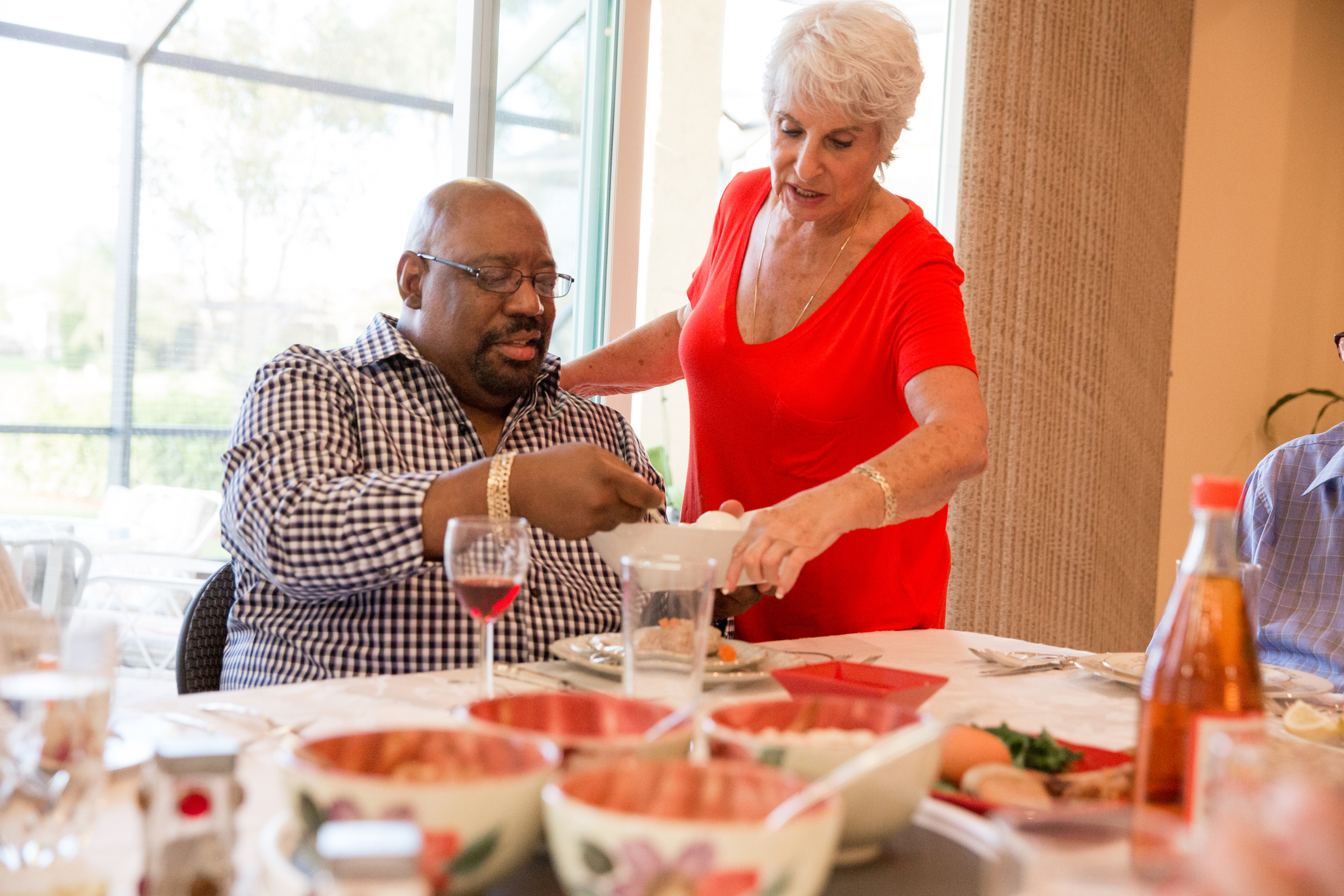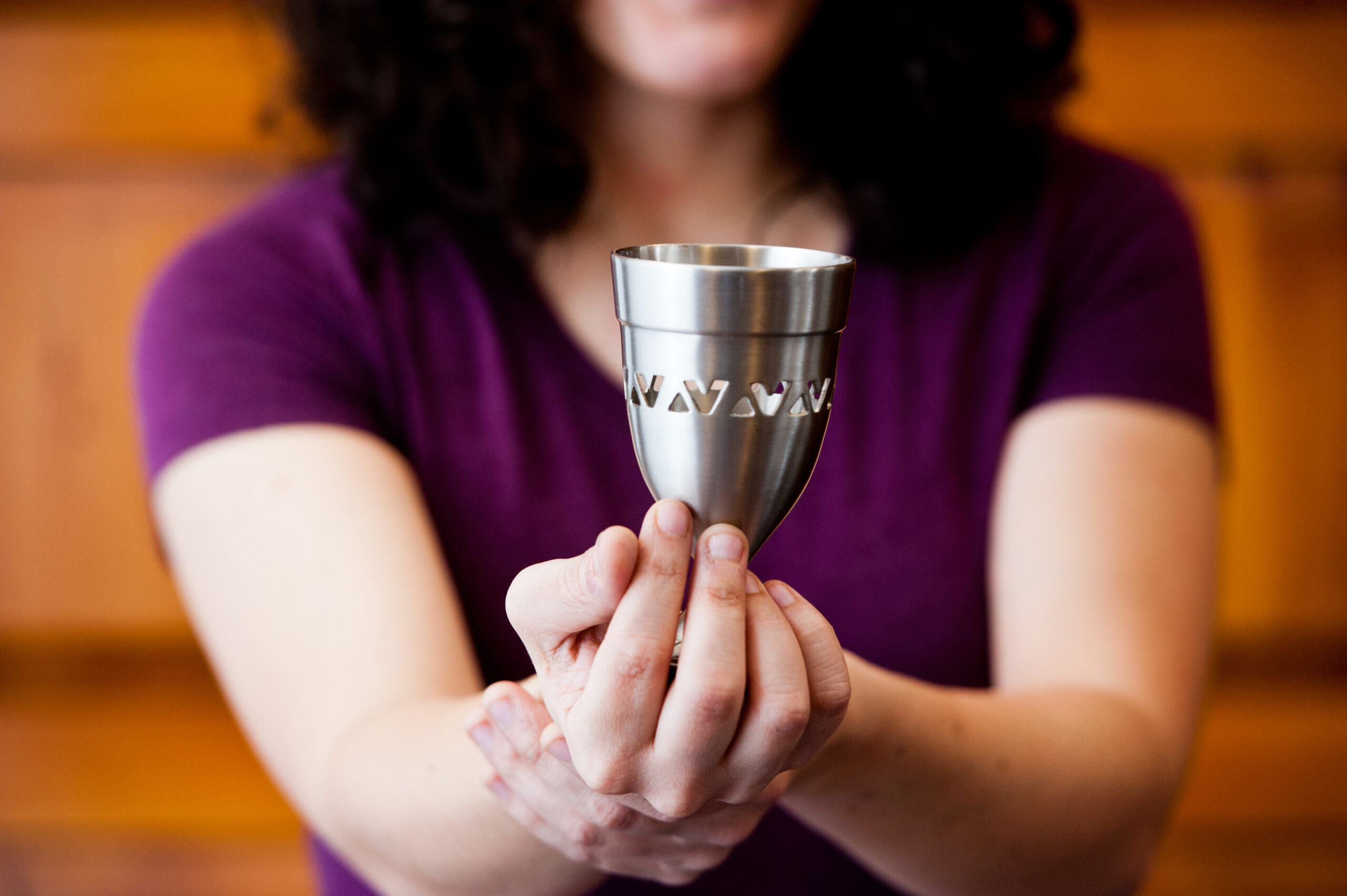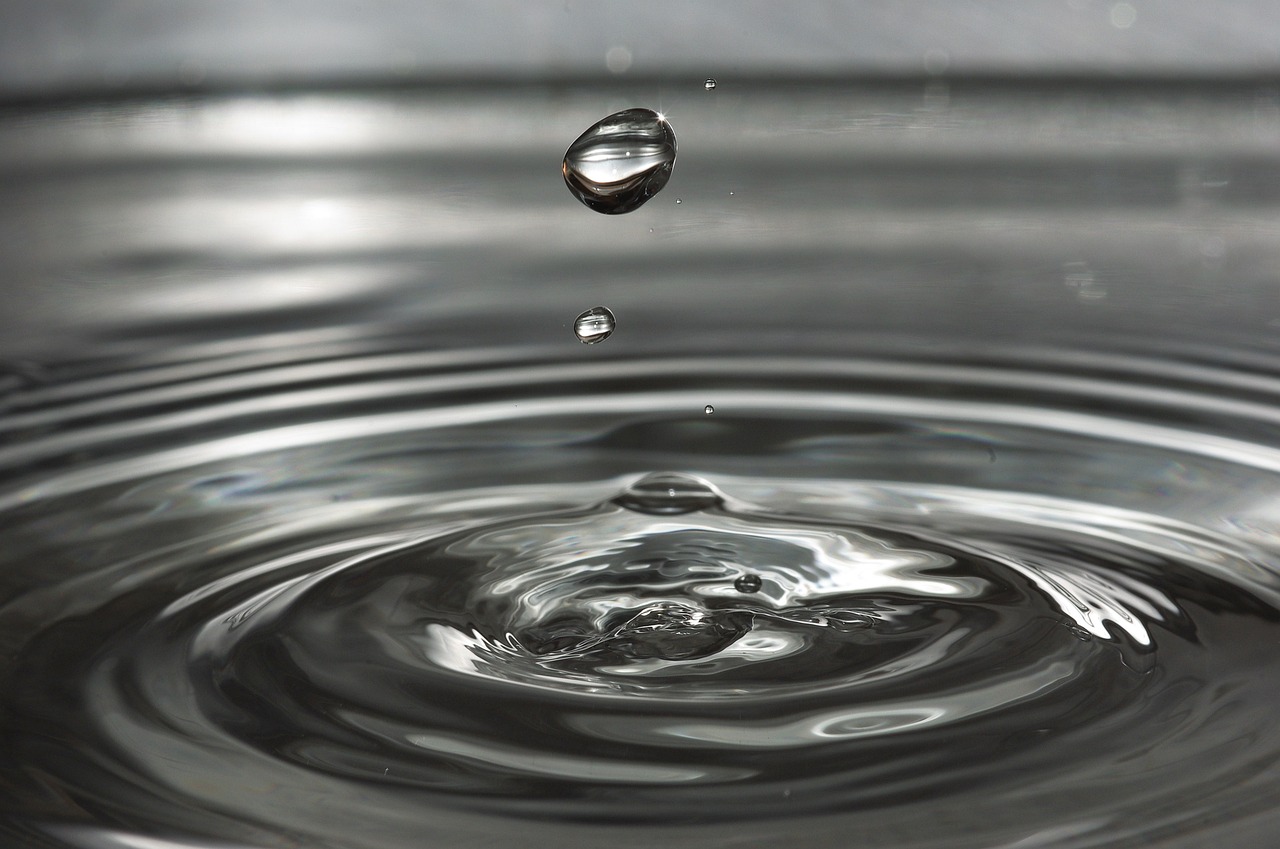• Serve crudites immediately following yachatz, the breaking of the middle matzah, so that guests will not be hungry and will have more attention for the reading of the haggadah.
• Gear the length of your seder to your audience. An hour and a half before the meal and half an hour after the meal is a good estimate for seders with children and guests not steeped in the details of the haggadah. Seders till 1 am are for knowledgeable adults. This also means knowing when to invite discussion and when to cut it off.
• If you can remotely afford to, hire someone to serve the meal and clean up. This is the best $100 I spend every year. Once the seder is over it is wonderful not to have to face stacks of dishes and uneaten food.
• Use percussive instruments. We give out tambourines and other percussives for Miriam’s Song.
• Plan something special. We do different things each year to enhance our seder. We have made up skits, written songs, created artwork, done bibliodrama—to tell the story in an engaging way. Sometimes a couple of adults can plan a skit with the children for a short time while the other adults engage more serious study or dialogue.
• Buy a plague bag or make one. These bags contain little toys representing each of the plagues—you pull them out one at a time as you read through the list. This is good entertainment.
• Have someone dress as Elijah and knock on the door at the appropriate moment. Invite the children to ask him questions about his journeys.
• Make an individual seder plate for each person. This is done with cupcake paper holders. Put parsley in one holder, haroset in a second, and saltwater with half a hard-boiled egg in it in the third. Then everyone has what they need and you do not have to waste time passing dishes down the table.
• Adopt the Afghani/Irani custom of hitting one another with scallions during the singing of Dayeinu. They represent the whips the slavemasters in
• Invite people to discuss their personal journeys of liberation during the past year.
• Fill a Miriam’s Cup with water and talk about it. Put an orange on the seder plate for feminism.
Used by permission of the author.












